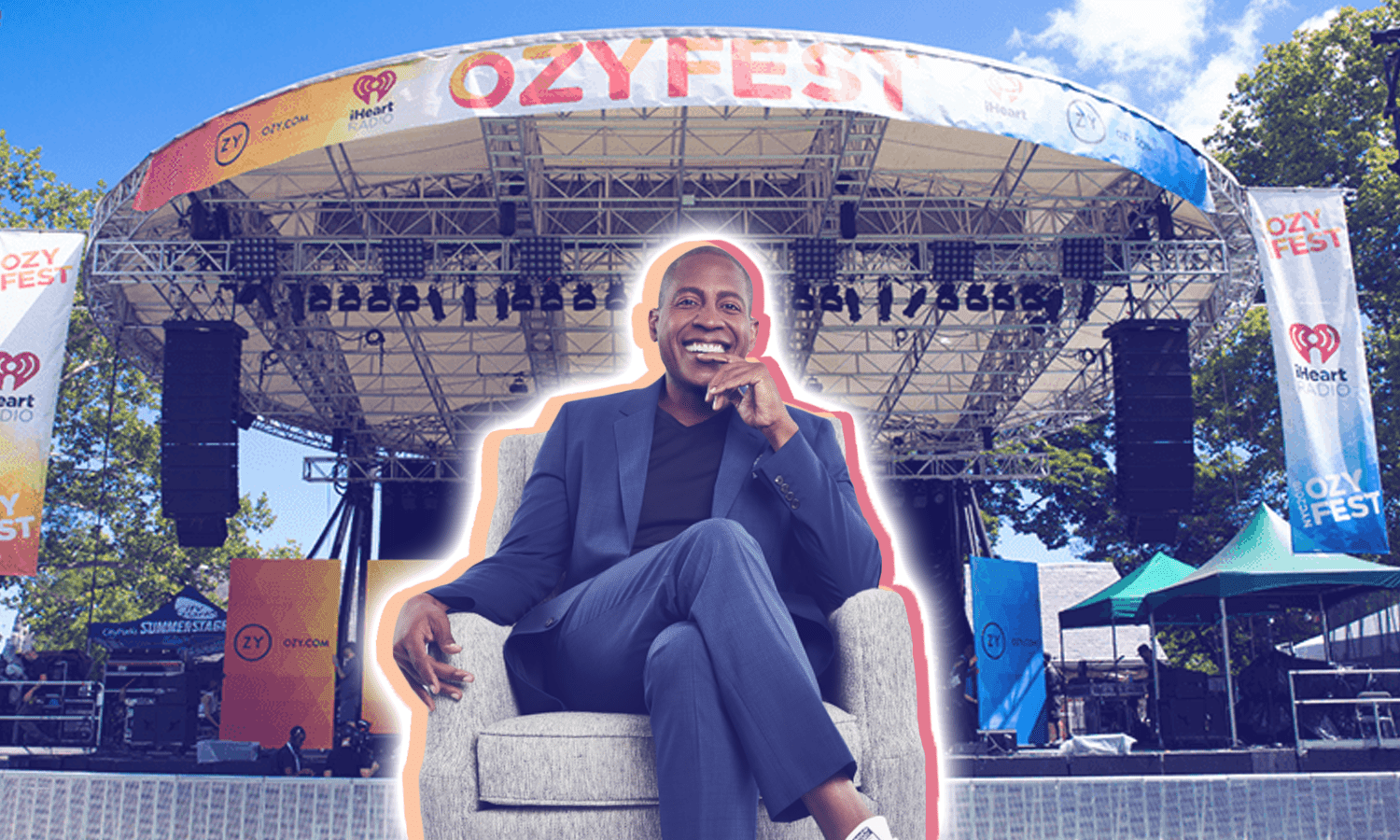How OZY Media exaggerated its way into infamy — and the XP repercussions

In the eternal words of Ernest Hemingway, OZY Media’s downfall happened “gradually and then suddenly.” You’ve no doubt heard that, following last week’s media storm over (allegedly) hugely inflated audience numbers and the bizarre case of a company co-founder impersonating a YouTube exec, OZY Media said Friday that it was shutting down, only to reverse course Monday and say it was relaunching (see the full details below). The population can generally be divided into two categories when it comes to OZY: The Unaware and The Suspicious. The unaware have never heard of the media company, the festival, the podcasts or the deep-pocketed investors. The suspicious were usually in the events and experiences industry (oh hi, hello, that’s us). The debacle is unfolding before us in head-spinning real time and we at XP Land believe that it could lead to a reckoning of sorts for the experiential community. The quick catch-up A New York Times story last week revealed that OZY co-founder and COO Samir Rao impersonated a YouTube exec on a conference call with Goldman Sachs. As if that wasn’t bad enough, just days later, Forbes published an investigation of OZY Fest 2019 — the company’s annual festival — which...